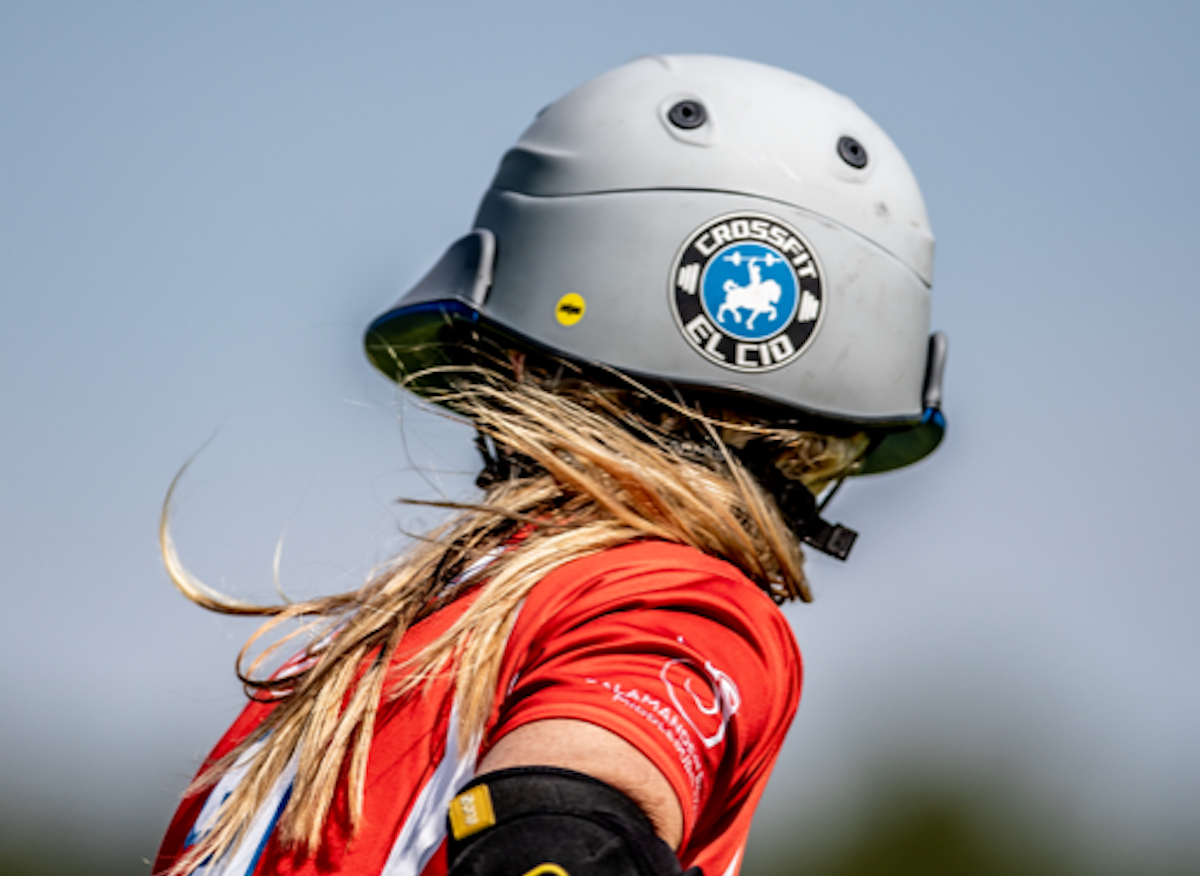The USPA (United States Polo Association) created the women’s handicap due to the efforts of Sunny Hale. She thought that the compression issue needed to be addressed in women’s polo. There was too much of a difference between the -2 to 2 goal players. For example at the 0-goal level, players who may have been the same handicap in mixed, were vastly different in their ability in women’s polo. Some were far stronger than others. She designed the template shown above to serve as a guideline of where to start. 0-goal players, for example, would start at a 2-goal handicap and then be adjusted from there. We see some women carry a 4-goal rating in womens and a 0/A rating in mixed.
Sunny played all levels of mixed and women’s polo. She was a proven idol in both. She played with the best in the world, setting records along the way. Carrying a five goal mixed rating and playing with Adolfo Cambiaso in the US Open 26 goal and being the first women to win it. She was a leader both on and off the field and had a knack for encouraging associations to really look at the bigger picture. She created the WCT, Women’s Championship Tournament and the American Polo Pony Association.
The USPA embraced this process because it was to their benefit. More women players were and continue signing up with the USPA. Women today represent an estimated 35-40% of the USPA membership. When she was working with the USPA, a group of women in Argentina encouraged the Argentine Polo Association to implement the women’s handicap there. They originally had a template like the one above but have now done away with it on their website. The HPA in England is slightly different with their translation chart but it too, is effective. As of today there are eight countries who have adopted the women’s handicap rating.
The handicap process is not a perfect science and therefore the USPA committee meets bi-annually to assess and revisit players in question. Maureen Brennan, the current Women’s Handicap Committee chairman, has created a thorough system of questions to be asked in order to really clarify a player’s handicap. There is also open discussion with her if needed during the year concerning new players coming in, or players that may need an adjustment. The most difficult part of keeping the system accurate would be keeping up with the younger players acceleration of ability. For example, the Argentine girls are playing a faster, more organized polo. We in the US are working on adapting as quickly as possible. The US, unlike Argentina or England, does not seem to have the same amount of concentrated polo in one area in any given season. That too is changing with the amount of tournaments being hosted in seasonal areas. An example would be the 2019 Florida winter season is adapting a flyer like that of the Argentina to notify what tournaments are being offered, where, when and the handicap level from 12 goal all the way up to 26 goal. Thus allowing women in that zone to play in the Wellington, Vero Beach, Sarasota and Villages areas.
After watching and or participating in the higher rated women’s tournaments around the country, it has become a proven system. The US Open at 20-26 goals has been held in Houston, Texas inviting professional women’s players from all over the world come and play in it as well as the Handicap at 10-14 goals. The teams every year are for the most part evenly matched. Most games are won within one or two goals. Even in the lower rated tournaments across the country, I have found the system to be working. There are always the few that squeak through with a lower rating, usually its a younger player who has improved rapidly over the course of a year. The influx of international players aids handicappers in the US from a global level.
The WIPN hopes to help encourage and educate more countries to adopt the women’s handicap system by uniting women internationally through this website. This portal will open women’s polo to so many players, established and new, clubs and country’s associations. Our mission is to continue to grow and unite women in polo worldwide. The women’s handicap is a key part of that mission.



